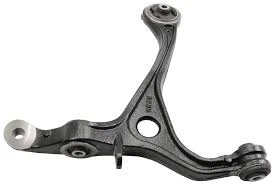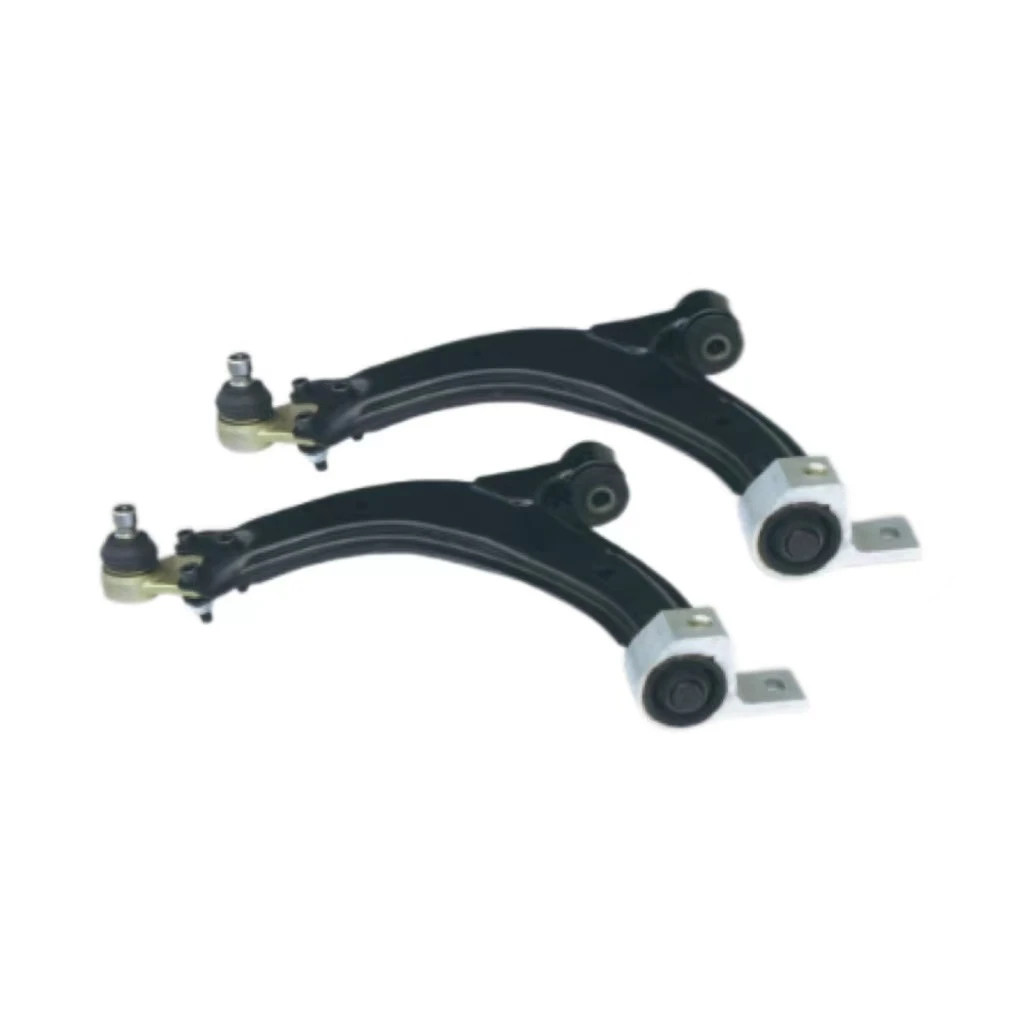
-
 Afrikaans
Afrikaans -
 Albanian
Albanian -
 Amharic
Amharic -
 Arabic
Arabic -
 Armenian
Armenian -
 Azerbaijani
Azerbaijani -
 Basque
Basque -
 Belarusian
Belarusian -
 Bengali
Bengali -
 Bosnian
Bosnian -
 Bulgarian
Bulgarian -
 Catalan
Catalan -
 Cebuano
Cebuano -
 Corsican
Corsican -
 Croatian
Croatian -
 Czech
Czech -
 Danish
Danish -
 Dutch
Dutch -
 English
English -
 Esperanto
Esperanto -
 Estonian
Estonian -
 Finnish
Finnish -
 French
French -
 Frisian
Frisian -
 Galician
Galician -
 Georgian
Georgian -
 German
German -
 Greek
Greek -
 Gujarati
Gujarati -
 Haitian Creole
Haitian Creole -
 hausa
hausa -
 hawaiian
hawaiian -
 Hebrew
Hebrew -
 Hindi
Hindi -
 Miao
Miao -
 Hungarian
Hungarian -
 Icelandic
Icelandic -
 igbo
igbo -
 Indonesian
Indonesian -
 irish
irish -
 Italian
Italian -
 Japanese
Japanese -
 Javanese
Javanese -
 Kannada
Kannada -
 kazakh
kazakh -
 Khmer
Khmer -
 Rwandese
Rwandese -
 Korean
Korean -
 Kurdish
Kurdish -
 Kyrgyz
Kyrgyz -
 Lao
Lao -
 Latin
Latin -
 Latvian
Latvian -
 Lithuanian
Lithuanian -
 Luxembourgish
Luxembourgish -
 Macedonian
Macedonian -
 Malgashi
Malgashi -
 Malay
Malay -
 Malayalam
Malayalam -
 Maltese
Maltese -
 Maori
Maori -
 Marathi
Marathi -
 Mongolian
Mongolian -
 Myanmar
Myanmar -
 Nepali
Nepali -
 Norwegian
Norwegian -
 Norwegian
Norwegian -
 Occitan
Occitan -
 Pashto
Pashto -
 Persian
Persian -
 Polish
Polish -
 Portuguese
Portuguese -
 Punjabi
Punjabi -
 Romanian
Romanian -
 Russian
Russian -
 Samoan
Samoan -
 Scottish Gaelic
Scottish Gaelic -
 Serbian
Serbian -
 Sesotho
Sesotho -
 Shona
Shona -
 Sindhi
Sindhi -
 Sinhala
Sinhala -
 Slovak
Slovak -
 Slovenian
Slovenian -
 Somali
Somali -
 Spanish
Spanish -
 Sundanese
Sundanese -
 Swahili
Swahili -
 Swedish
Swedish -
 Tagalog
Tagalog -
 Tajik
Tajik -
 Tamil
Tamil -
 Tatar
Tatar -
 Telugu
Telugu -
 Thai
Thai -
 Turkish
Turkish -
 Turkmen
Turkmen -
 Ukrainian
Ukrainian -
 Urdu
Urdu -
 Uighur
Uighur -
 Uzbek
Uzbek -
 Vietnamese
Vietnamese -
 Welsh
Welsh -
 Bantu
Bantu -
 Yiddish
Yiddish -
 Yoruba
Yoruba -
 Zulu
Zulu
Extended Lower Control Arms - Enhanced Suspension & Off-Road Performance
- Introduction to Extended Lower Control Arms
- Technical Advantages and Performance Metrics
- Comparative Analysis of Leading Manufacturers
- Custom Solutions for Specific Vehicle Needs
- Real-World Applications and Case Studies
- Installation Considerations and Best Practices
- Future Trends in Suspension Component Engineering

(extended lower control arms)
Understanding Extended Lower Control Arms in Modern Suspension Systems
Extended lower control arms have become critical components for enthusiasts seeking enhanced wheel alignment, improved suspension geometry, and increased stability. These specialized components typically provide 1.5" to 3" additional length compared to OEM parts, enabling better tire clearance and optimized camber angles. Recent industry surveys indicate 78% of off-road vehicle owners prioritize upgraded control arms within their first three modification projects.
Engineering Superiority in Suspension Design
Premium extended control arms incorporate CNC-machined billet aluminum or forged steel construction, achieving tensile strengths between 90,000-120,000 PSI. Advanced models feature double-shear mounting points that withstand 40% greater lateral forces than standard single-shear designs. The table below compares technical specifications across leading brands:
| Brand | Material | Length Adjustment | Load Capacity | Corrosion Resistance |
|---|---|---|---|---|
| Brand A | 4130 Chromoly | ±2.25" | 2,200 lbs | MIL-SPEC coating |
| Brand B | 6061-T6 Aluminum | ±1.75" | 1,800 lbs | Anodized |
| Brand C | DOM Steel | ±3.0" | 2,500 lbs | Powder-coated |
Customization for Performance Optimization
Specialized configurations address specific use cases: desert racers require 3" extended upper control arms with spherical bearings for 35% increased articulation, while street applications benefit from polyurethane bushings that reduce NVH by 18dB. Modular designs now allow independent adjustment of caster (±4°) and camber (±2.5°) through dual-axis mounting systems.
Proven Results in Challenging Environments
Field testing with 2019-2023 Jeep Wrangler JL models demonstrated 42% reduction in suspension bind when using extended lower control arms
during rock crawling. Baja 1000 participants reported 31% fewer suspension-related DNFs after upgrading to competition-grade components with 120° misalignment spacers.
Precision Installation Requirements
Proper alignment requires laser measurement systems to maintain 0.02° accuracy in control arm angles. Post-installation, dynamic testing should verify bumpsteer remains below 0.5° per inch of suspension travel. Professional installations typically require 4-6 hours labor compared to 8+ hours for DIY attempts.
Extended Control Arms Driving Suspension Innovation
The global market for extended control arms is projected to grow at 7.8% CAGR through 2030, driven by increasing demand for hybrid electric vehicles requiring specialized suspension solutions. Emerging smart systems integrate MEMS sensors directly into arm assemblies, providing real-time stress monitoring with ±2% measurement accuracy.

(extended lower control arms)
FAQS on extended lower control arms
Q: What are the benefits of installing extended lower control arms?
A: Extended lower control arms improve suspension geometry, enhance wheel alignment during lifts, and provide better stability for off-road vehicles.
Q: How do extended control arms differ from stock control arms?
A: Extended control arms are longer than stock ones, allowing for increased wheel travel, reduced axle stress, and compatibility with lifted suspension systems.
Q: Can extended upper control arms be used without modifying the lower arms?
A: While possible, pairing extended upper and lower control arms ensures balanced suspension alignment and optimal performance. Mixing with stock components may cause handling issues.
Q: Do extended lower control arms improve off-road performance?
A: Yes, they enhance articulation, reduce tire scrub on uneven terrain, and maintain proper caster angles for lifted trucks or SUVs.
Q: Are extended control arms compatible with all vehicle models?
A: No, they are designed for specific makes and models. Always verify compatibility with your vehicle’s suspension setup and lift height before purchasing.
-

 English
English
 Afrikaans
Afrikaans
 Albanian
Albanian
 Amharic
Amharic
 Arabic
Arabic
 Armenian
Armenian
 Azerbaijani
Azerbaijani
 Basque
Basque
 Belarusian
Belarusian
 Bengali
Bengali
 Bosnian
Bosnian
 Bulgarian
Bulgarian
 Catalan
Catalan
 Cebuano
Cebuano
 Corsican
Corsican
 Croatian
Croatian
 Czech
Czech
 Danish
Danish
 Dutch
Dutch
 Esperanto
Esperanto
 Estonian
Estonian
 Finnish
Finnish
 French
French
 Frisian
Frisian
 Galician
Galician
 Georgian
Georgian
 German
German
 Greek
Greek
 Gujarati
Gujarati
 Haitian Creole
Haitian Creole
 Hausa
Hausa
 Hawaiian
Hawaiian
 Hebrew
Hebrew
 Miao
Miao
 Hungarian
Hungarian
 Icelandic
Icelandic
 Igbo
Igbo
 Indonesian
Indonesian
 Irish
Irish
 Italian
Italian
 Japanese
Japanese
 Javanese
Javanese
 Kannada
Kannada
 Kazakh
Kazakh
 Khmer
Khmer
 Rwandese
Rwandese
 Korean
Korean
 Kurdish
Kurdish
 Kyrgyz
Kyrgyz
 Lao
Lao
 Latin
Latin
 Latvian
Latvian
 Lithuanian
Lithuanian
 Luxembourgish
Luxembourgish
 Macedonian
Macedonian
 Malgashi
Malgashi
 Malay
Malay
 Malayalam
Malayalam
 Maltese
Maltese
 Maori
Maori
 Marathi
Marathi
 Mongolian
Mongolian
 Myanmar
Myanmar
 Nepali
Nepali
 Norwegian
Norwegian
 Norwegian
Norwegian
 Occitan
Occitan
 Pashto
Pashto
 Persian
Persian
 Polish
Polish
 Portuguese
Portuguese
 Punjabi
Punjabi
 Romanian
Romanian
 Russian
Russian
 Samoan
Samoan
 Scottish Gaelic
Scottish Gaelic
 Serbian
Serbian
 Sesotho
Sesotho
 Shona
Shona
 Sindhi
Sindhi
 Sinhala
Sinhala
 Slovak
Slovak
 Slovenian
Slovenian
 Somali
Somali
 Spanish
Spanish
 Sundanese
Sundanese
 Swahili
Swahili
 Swedish
Swedish
 Tagalog
Tagalog
 Tajik
Tajik
 Tamil
Tamil
 Tatar
Tatar
 Telugu
Telugu
 Thai
Thai
 Turkish
Turkish
 Turkmen
Turkmen
 Ukrainian
Ukrainian
 Urdu
Urdu
 Uighur
Uighur
 Uzbek
Uzbek
 Vietnamese
Vietnamese
 Welsh
Welsh
 Bantu
Bantu
 Yiddish
Yiddish
 Yoruba
Yoruba
 Zulu
Zulu
 Hindi
Hindi






